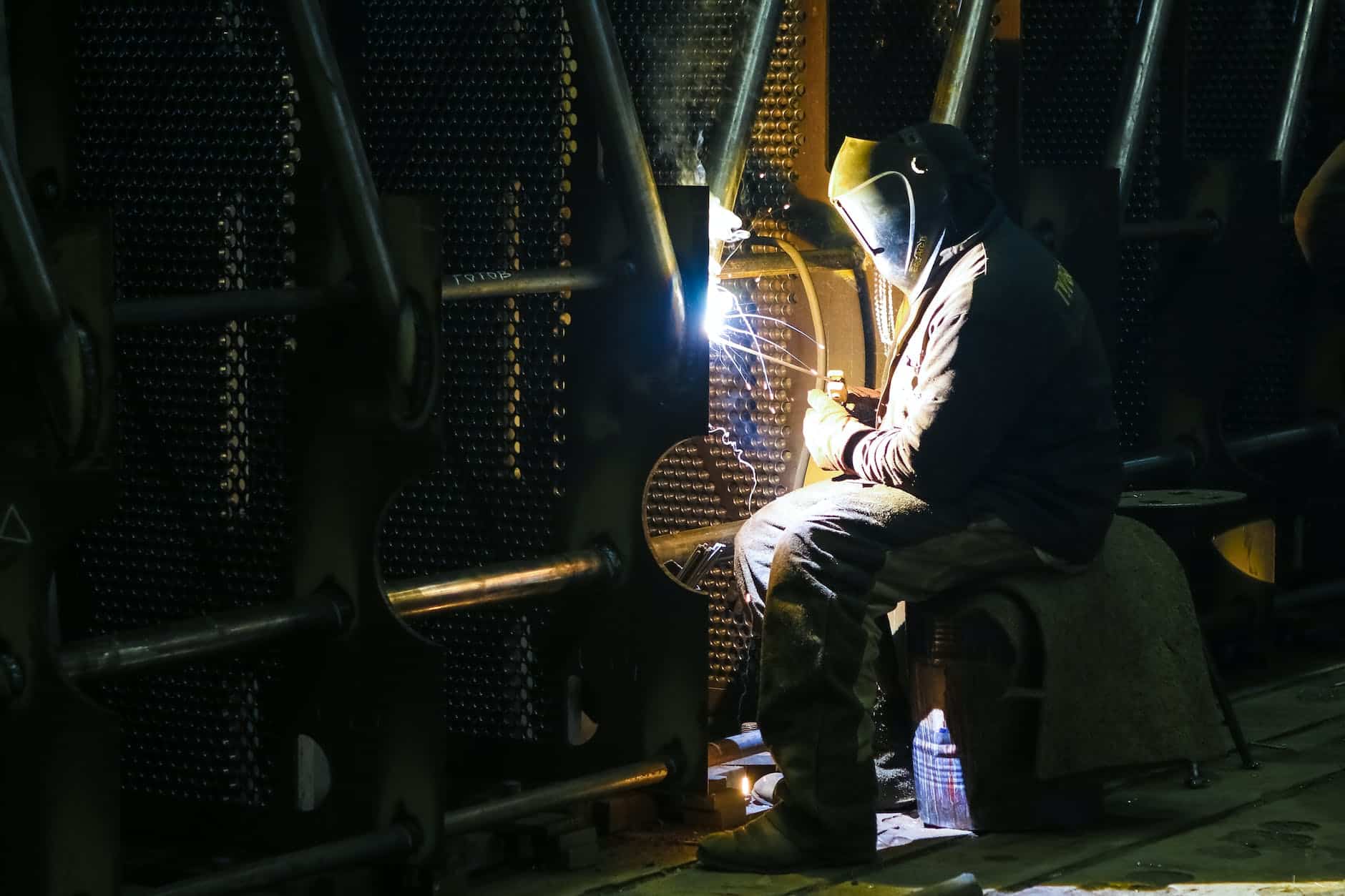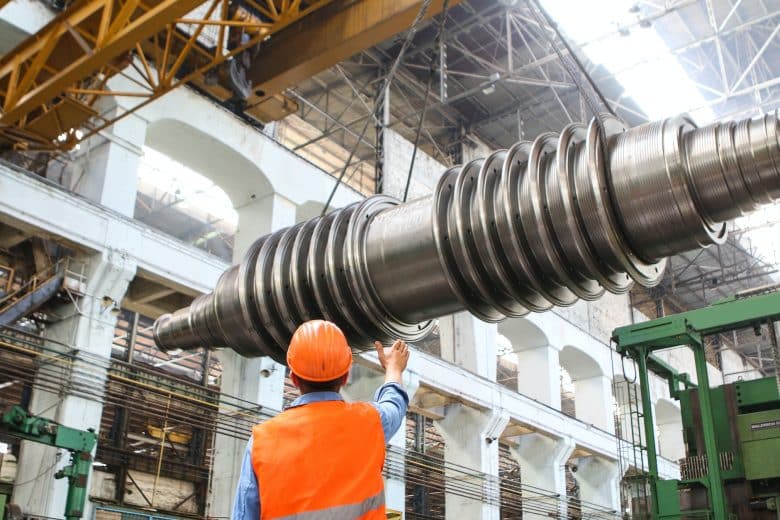Two primary expenditures must be accounted for when investing in new equipment: the initial purchase price and the cost of regular upkeep. Many businesses spend much of their financial plan on maintenance, so finding ways to reduce maintenance cost helps the bottom line.
Even when corporations want to lower costs, short-term maintenance cuts and ad hoc cost-cutting are pointless. Unintended consequences may boost long-term expenses and risks.
The workers’ safety and legal and compliance risks increases when equipment needs to be properly maintained often and breaks down easily. Preventive maintenance is used by businesses to ensure that their facilities are safe for people to work in.
As equipment ages, it breaks down easily. Thus, lack of proper maintenance on equipment leads to drop in production. Equipment maintenance and reliability can save money and provide a safe, productive workplace.
What Is Maintenance Cost?
The term “maintenance cost” does not have a single accepted meaning. The cost of maintenance is the division of the overall manufacturing cost.
The “maintenance cost” section may be specified flexibly as long as it conforms with local tax regulations. The following are a few cases in point.
Maintenance costs are rarely classified depending on a firm’s profit or loss. Most firms have capitalization and expenditure limits; thus, this subject should be discussed more.
To write off an investment that costs $50,000 as a business expenditure, it’s common to break it into two at $25,000 each asset. You may benefit in many ways if you get the expertise of industrial maintenance consultants when it comes to industrial upkeep. They help in industrial maintenance by analyzing and suggesting ways to boost the dependability of the machinery.
A maintenance consultant can help create a maintenance management plan. They can account any or all causes of unscheduled downtime in your plant using this strategy. It includes mechanical breakdowns, operator mistakes, and natural disasters.
To run well, your company relies on your industrial production equipment. Regular inspections, maintenance, and periodic and emergency cleaning maintain facilities in excellent shape.
Putting teams to conduct industrial maintenance as a part of regular operations ensures optimum machine performance. Having options like forming maintenance teams can save you money with outside help. The long-term savings achieved by using in-house staff are substantial.
Methods to Reduce Maintenance Management Cost
1. Increase Productivity While Reducing Downtime
The inefficient maintenance workflow is the initial target for investigation. Most of the maintenance technician’s day is wasted in industrial facilities.
Your technicians spend a lot of time looking for and waiting for components, tools, permits, instructions, and equipment instead of dealing with the actual problem.
They need more time to do any useful maintenance since no organized method of planning and scheduling has been implemented. Or if there is one, it needs to be followed.
Most maintenance teams have a wrenching time of 30%, meaning only three out of ten hours are spent on maintenance.
Maintenance planning and scheduling may boost output by 35% without additional workers. Even without planners and schedulers, increasing wrench time from 30% to 45% boosts productivity by 35%.
2. Use Top-Notch Substitute Parts
The first method is unreasonable since it will raise prices at the outset. High-quality parts are more durable and reliable than cheap ones.
Cheap parts may reduce short-term maintenance and reliability cost, but they are more prone to failure, corrosion, or damage to equipment. Low-quality parts have less quality control, so they’re cheaper but have more defects.
Using high-quality standard components is the opposite. Less frequent failures mean less repair time, maintenance expenses, and production delays.
3. Schedule Preventative Maintenance and Put It Into Action
Regular and frequent preventive maintenance reduces unplanned equipment downtime. It is in contrast with the “repair it when it breaks” strategy or reactive maintenance.
Preventive maintenance is all about maintaining machinery to achieve the best performance at all times. It is done before it’s required, preventing downtime from a failing component. Preventative maintenance may save firms money on repairs and replacements.
Data analytics shows better precision in preventative maintenance programs. The firm tracks failure rates, equipment age, and other maintenance-related data. Preventive maintenance may be planned deliberately to minimize expenses and keep machines running.
Real-time sensor data is used for predictive maintenance. Sensors may monitor vibration levels or lubricant quality to prompt regular maintenance.

4. Keep Equipment From Having a Sudden Breakdown
The expensive cost of equipment parts is a contributing cause to the increase in maintenance costs. Preventative maintenance is the best defense against equipment breakdown.
Companies often failed before because they needed to invest in preventative maintenance. Routine maintenance may reduce the likelihood of a breakdown.
5. Train Employees to Recognize Maintenance Issues
Early problem detection is the key to lowering maintenance costs associated with machineries. An issue that was once quickly and cheaply fixed may get worse if it is not resolved as soon as it is detected.
The members of your team should know how to use the equipment because of their expertise and extensive experience. They are always the ones to find problems first, even before the maintenance and repair teams do.
On the other hand, some employees may need guidance before they feel comfortable reporting issues. Ensure that they know who to report to and if they have been informed of the reporting structure.
6. Lubricate and Grease Fittings Regularly
One of the most frequent reasons for machinery breakdown is improper lubrication. Wear and tear may cause severe problems for mechanical systems if they are not adequately lubricated. Lubricant is inexpensive, unlike other parts like bearings, bushings, and gears.
To lessen the risk of breakdown caused by lack of lubrication:
- Lubricate moving parts as directed by the manufacturer regularly.
- Use the lubricant specified by the manufacturer.
- Teach employees how to lubricate equipment while they operate.
- Replace or fix any worn-out grease fittings immediately.
7. Automate Your Processes With New Software
One of the biggest reasons assets are not maintained on time is that businesses have so many of them. Certain investments are maintained and others are not because some of the work has to be done manually.
Automated software reduces equipment maintenance costs and automatically schedules asset maintenance.
8. Find a Trustworthy Vendor to Supply Replacement Parts
The lack of available components and supplies is a common cause of decreased output and extended downtime. A company can only meet its equipment maintenance cost goals with high-quality replacement parts. A reputable supplier can help your firm maintain your equipment.
9. Make a Record of Upkeep
Upkeep can often be arduous, time-consuming, and stressful. There is significant pressure on the maintenance crew to meet strict delivery deadlines. Under time constraints or out of sheer forgetfulness, the maintenance crew often puts off necessary tasks.
A maintenance checklist ensures that everything gets done on time, and everything gets noticed. The maintenance staff may benefit from using a list detailing the many steps to ensure the asset’s upkeep.
Conclusion
All sectors benefit from well-maintained assets. Large, asset-intensive facilities make it difficult to keep equipment maintenance costs low.
Asset management software simplifies and reduces maintenance costs. It provides your firm all of the above benefits.
It helps save money, schedule maintenance, monitor assets, and improve performance. Asset management software helps keep assets organized and accessible.











Leave a Reply